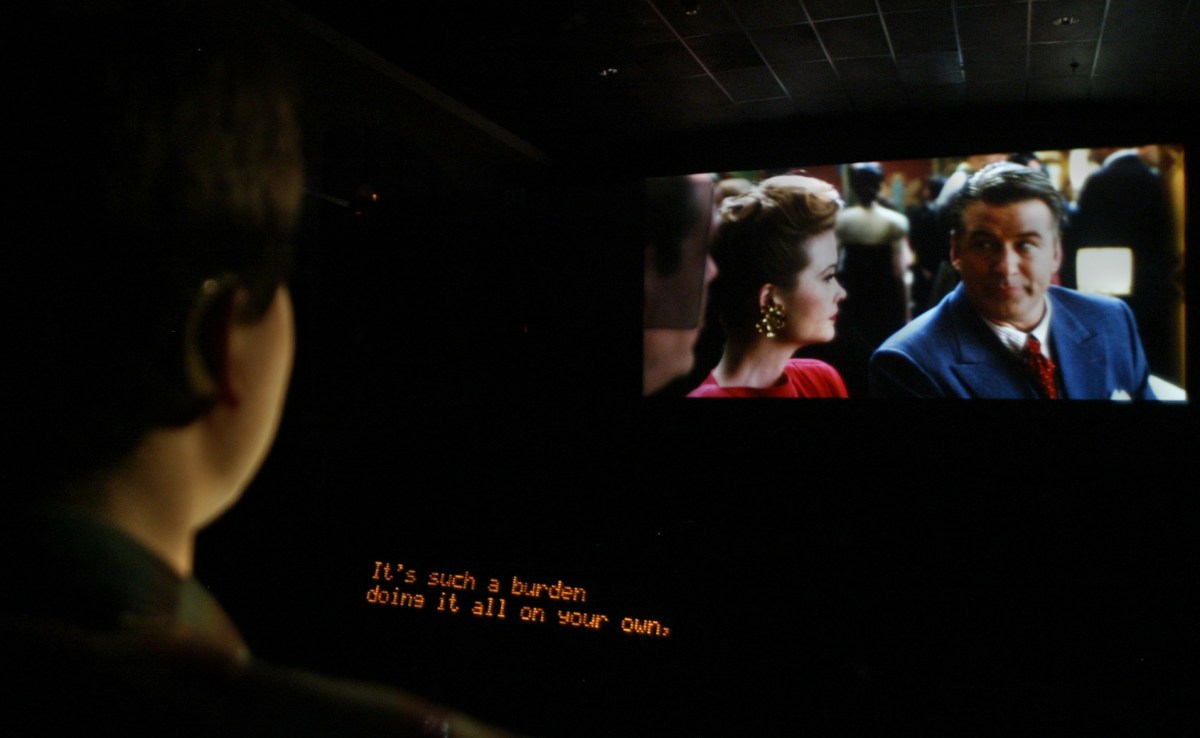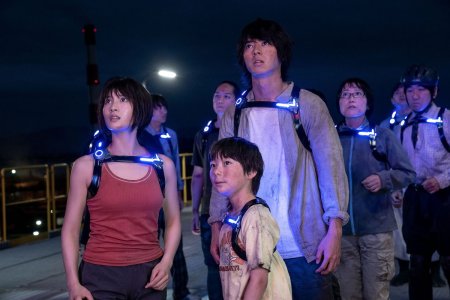Boston is now the latest and largest city to require captions on public television sets, joining Rochester, Portland (Oregon) and a number of towns throughout Washington State.
Businesses where TVs are commonly kept on throughout the day, like gyms, restaurants and banks, will now be required to keep subtitles turned on, too, in order to accommodate the 15% of American adults who suffer from hearing impairments.
Closed captioning can prove a godsend for those with vision impairments, as well — thanks to customizable features that tend to prioritize oversized, easily-distinguishable font (usually bright lettering on a dark background), everyone sitting at the bar should be able to understand and enjoy what’s on the screen, regardless of their disabilities.
The Best Movies, TV, Books and Music for December
Netflix’s “Alice in Borderland” is here for those missing “Squid Game.” Plus, Brendan Fraser shines in “The Whale.”The trend — assuming it persists throughout the United States — should prove especially popular with younger generations, despite the fact that they’re the least likely to require the thoughtful changes.
Consider: one survey from this fall indicates that Gen Z use subtitles 70% of the time. Millennials aren’t quite there, but still check in at a robust 53%. (Gen X and Baby Boomers are both under 40%.)
Why do so many American youths insist on watching TV with closed captioning on? There are a number of theories, but one explanation might be the growing ubiquity and popularity of international shows, which can sometimes include indiscernible accents, or different languages, in which case subtitles are a necessity. From this past year alone: Bridgerton, House of the Dragon, The Crown, Derry Girls, Squid Game, Industry.
Then there are American shows that might go abroad for a season, or introduce foreign characters, or rely heavily on “domestic” accents, dialects or slang that some among an American audience might not easily understand. Having the script flash across the bottom of the TV ensures you don’t miss an important point or joke.
There’s also the social media aspect — on one hand, stage directions can keep young viewers engaged, and force them to pay attention to the episode, instead of splitting time between the events on the screen and the texts on their phone. That’s typical of an age where TV-screentime is often seen as edifying, and smartphone-screentime, mindless.
But turning subtitles on is also a way to engage with social media, once the episode is over. Stills from Stranger Things or Euphoria, documenting superfans’ favorite lines, were memed into oblivion this past year. Over the summer, The Times ran an article entitled “How ‘Stranger Things’ Made Subtitles Cool,” explaining the amusement young viewers derived from reading the closed captions’ gratuitous adverb-ing: “fissure writhing wetly,” “Nancy bandaging wetly,” etc.
It’s unsurprising that Gen Z and Millennials — used to matching words with pictures on monitors since grade school — have little trouble reading while watching. But it’s a pleasant twist of fate that they’ll be the most accepting, and ultimately supportive, of public measures meant to give an assist to the aging.
Thanks for reading InsideHook. Sign up for our daily newsletter and be in the know.



















